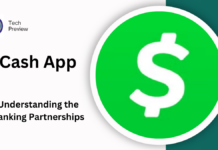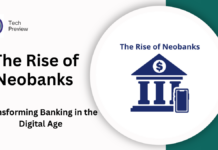When it comes to borrowing money, there’s no one-size-fits-all approach. One key aspect that distinguishes different types of loans is the use of collateral. This often determines the loan’s terms, interest rate, and amount. Especially when dealing with larger sums of money, understanding the role of collateral is crucial.
Let’s dive into the nitty-gritty of collateral in the context of secured loans.
1. The Basics: What Is Collateral?
Collateral is an asset a borrower offers to a lender as security for a loan. If the borrower fails to repay the loan, the lender can seize the collateral to recoup some or all of its losses.
When exploring personal loans online, you may come across lenders who don’t require collateral (unsecured loans) and those who do (secured loans). The primary difference? The presence (or absence) of collateral, which inherently affects the risk a lender takes.
2. Types Of Collateral
Virtually any asset with tangible value can serve as collateral, but the most common types include:
- Real Estate: This is often used for mortgages or home equity loans. If borrowers default, the lender can foreclose on the property.
- Vehicles: Cars, boats, and other vehicles can act as collateral. Defaulting may lead to repossession of the vehicle.
- Investments: Stocks, bonds, or other investments can be pledged. If a borrower defaults, the lender may take possession of these assets.
- Cash Savings or Deposits: Some loans might require a savings account or CD as collateral. Defaulting might lead to the lender drawing from this account.
3. Advantages Of Using Collateral
Secured loans have their advantages, many of which are tied to the use of collateral:
- Lower Interest Rates: As there’s less risk involved for the lender, interest rates tend to be lower compared to unsecured loans.
- Higher Borrowing Limits: Given the security provided by the collateral, lenders may be willing to loan larger amounts.
- Better Approval Chances: With an asset backing the loan, even borrowers with a not-so-stellar credit history might find it easier to get approved.
4. The Risks Involved
While secured loans come with perks, they’re not without their pitfalls:
- Loss of Assets: The most evident risk is the potential loss of the collateral. If you default, the lender has the right to seize the pledged asset.
- Potential for Negative Equity: Particularly in the case of real estate or vehicles, the value of the asset can decrease over time. This means you might owe more than what the collateral is worth.
- Tied-Up Assets: Once you pledge an asset as collateral, it’s tied up until the loan is paid off. This can limit your financial flexibility.
5. Comparing Secured And Unsecured Loans
When weighing the options between a secured and an unsecured loan, consider:
- Purpose of the Loan: Larger expenses, like home renovations or business investments, might be better suited for secured loans. Smaller, short-term expenses might be better for unsecured loans.
- Risk Tolerance: If you’re uneasy about the thought of losing your home or car, an unsecured loan might be more in your comfort zone.
- Credit History: If you have a shaky credit history, a secured loan (due to the collateral) might be the only viable option.
6. The Fine Print
Lastly, always scrutinize the loan terms. Understand the conditions under which the lender can seize the collateral. Also, be aware of the loan-to-value ratio, which is the amount of the loan compared to the value of the collateral. This can affect the interest rate and terms of the loan.
Conclusion
Secured loans play a pivotal role in the financial landscape. While they offer numerous advantages like lower interest rates and higher borrowing limits, they come with the inherent risk of asset forfeiture.
As with all financial decisions, it’s essential to weigh the pros and cons. Whether you’re considering personal loans online or offline, understanding the role and implications of collateral will put you in a better position to make informed choices.









